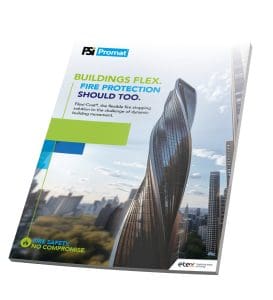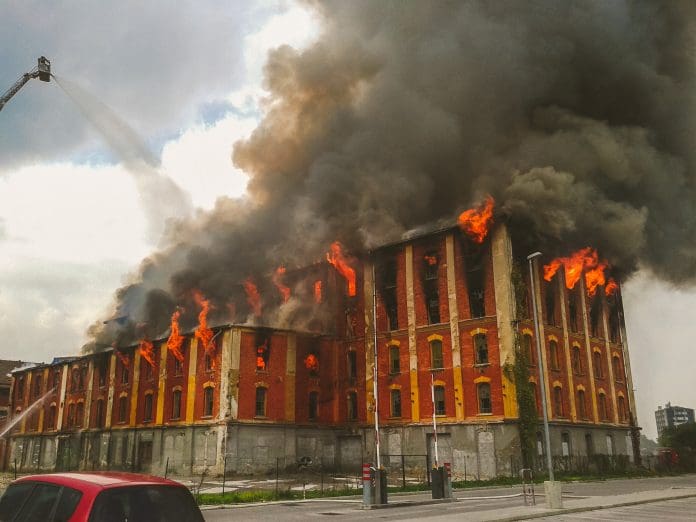FSi Promat has launched a new white paper highlighting the impact dynamic movement can have on the effectiveness of penetration seals for fire stopping
The new white paper, ‘Managing Movement: Accommodating dynamic movement in fire stopping for penetration seals,’ details how to ensure passive fire protection remains compliant throughout a building’s lifetime.
It explores the impact of movement on fire stopping, existing legislation, and guidance around the issue.
FSi Promat’s solution is showcased, alongside an evaluation of support.

Dynamic movement in fire stopping plans is often overlooked
The stress that movement can put on a building can cause breaches, tears, and cracks in the construction materials.
These can affect fire stopping that has been used to reinstate the compartment to contain the spread of flames, smoke, heat, and toxic gases.
Dynamic movement has the potential to significantly impact building safety but is often not considered by developers.
Craig Abbott, technical director at FSi Promat – part of the Etex group, said: “Service penetrations are part and parcel of construction and must be accommodated within passive fire protection utilising appropriate fire stopping systems.
“However, where movement is present in a building it is essential that sufficient flexibility is built into this system to mitigate the effects of dynamic movement on the performance of the penetration seal.”
Approved Document B (fire safety) states the need for an ‘appropriate fire seal’
This seal must last the lifetime of the building.
However, since there is no formal testing mechanism under the EN1366-3 standard or European Technical Assessment (ETA) specifically for movement within penetration seals, this element often falls outside the scope of building design.
The white paper details FSi Promat’s work on demonstrating how the movement of +/- 25% can be accommodated with the right fire stopping solution.














